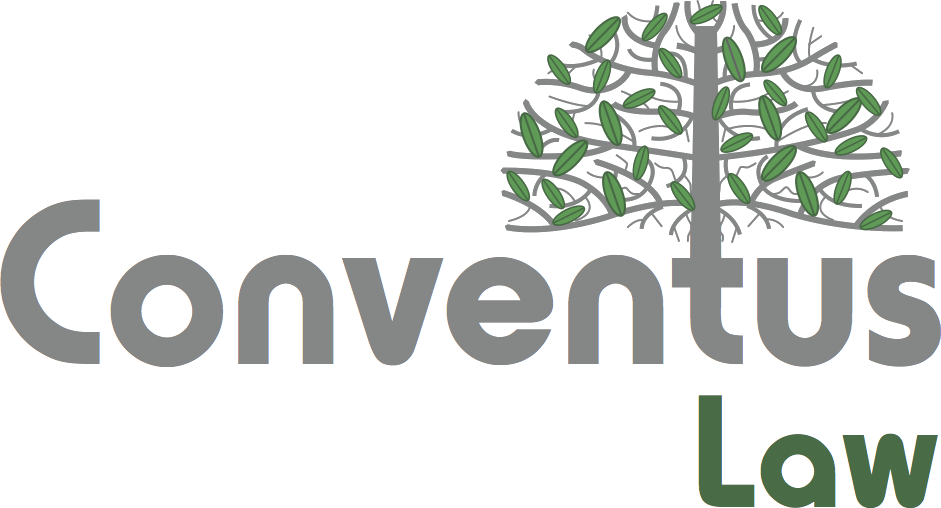Medical negligence, especially during childbirth, is a profound issue that can deeply impact the lives of children and their families. When a child suffers an injury due to negligence before, during, or shortly after birth, parents need to understand their legal options for pursuing a claim.
While seeking justice through a medical negligence case can be an emotional and complex journey, having the right support can help families secure the compensation and closure they deserve. If you suspect that your child’s injury is the result of medical negligence, consulting a specialist birth trauma lawyer promptly is essential to safeguarding your rights and exploring the best course of action.
Types of Birth Injury
Several types of birth injuries may occur during childbirth, including:
Brain Injury
Trauma during or before childbirth can harm the brain, affecting memory, thinking, and other cognitive functions. This often happens when the brain is deprived of oxygen, which can result from issues like problems with the umbilical cord, uterine rupture, or injuries sustained by the mother during labor.
Erb’s Palsy
Erb’s palsy is a condition resulting from damage to the brachial plexus, a network of nerves responsible for movement and sensation in the shoulders, arms, and hands. It commonly affects newborns and is often linked to challenging or traumatic deliveries.
Children with Erb’s palsy may struggle with arm or hand movement, or experience weakness or numbness in the affected area. While some cases improve naturally over time with physical therapy, others may need surgical intervention or additional treatments to regain normal function and mobility. An Erb’s palsy lawyer can help parents understand their legal options and pursue compensation for their child’s injury.
Cerebral Palsy
Cerebral palsy is a condition that impacts movement and coordination. It occurs due to damage to the developing brain, typically before or during birth, though it can sometimes happen in early childhood. This damage may affect various parts of the brain, leading to different types of cerebral palsy.
The most common type is spastic cerebral palsy, which causes stiff and tight muscles, making it hard to move. Other forms include dyskinetic cerebral palsy, which influences muscle tone and leads to involuntary movements, and ataxic cerebral palsy, which disrupts balance and coordination.
Facial Paralysis
Facial paralysis results from nerve damage that occurs during childbirth, leading to weakness or paralysis in the facial muscles. This condition may be temporary or permanent and is typically caused by pressure or injury to the facial nerves during delivery.
What is the Potential Compensation for Birth Injury Cases?
Determining the exact amount of compensation in a medical negligence claim involving injuries to a mother or child can be challenging, as it depends on the unique circumstances of each case.
Compensation is awarded to address the pain and suffering caused by negligence. It is also intended to cover financial losses already incurred and any reasonably foreseeable future losses resulting from the negligence. Several factors can influence the compensation a child may receive, including:
- The severity of the injury and whether it will have lasting effects on the child.
- The level and duration of care the child will require due to the injury.
- Financial losses, such as a parent’s loss of income if they needed to take time off work to care for the child.
Endnote
Getting legal advice from a knowledgeable attorney is essential for understanding your rights, assessing the strength of your case, and deciding on the best course of action. If you’re thinking about pursuing legal action, it’s important to consult with an attorney promptly, as there may be strict deadlines under statutes of limitations.




